| Structure | Name/CAS No. | Articles |
|---|---|---|
 |
Sodium hydroxide
CAS:1310-73-2 |
|
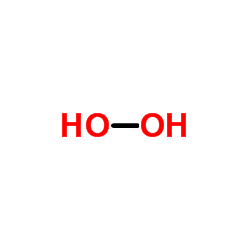 |
Hydrogen peroxide
CAS:7722-84-1 |
|
 |
Isoniazid
CAS:54-85-3 |
|
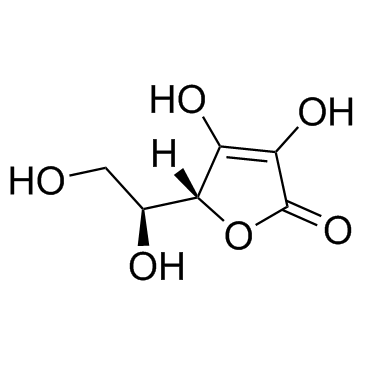 |
Ascorbic acid
CAS:50-81-7 |
|
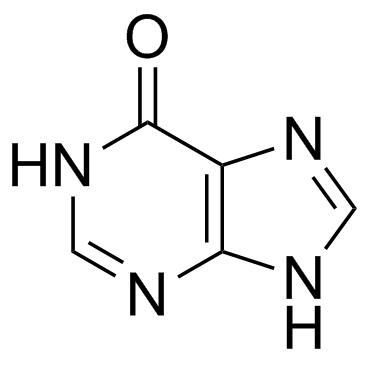 |
Hypoxanthine
CAS:68-94-0 |
|
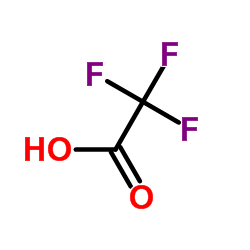 |
trifluoroacetic acid
CAS:76-05-1 |
|
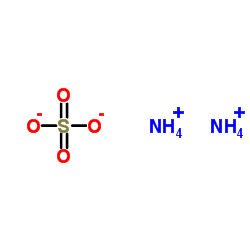 |
ammonium sulphate
CAS:7783-20-2 |
|
 |
3-Ethyl-2,4-pentanedione
CAS:1540-34-7 |
|
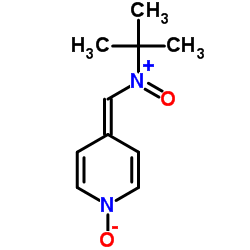 |
POBN
CAS:66893-81-0 |
|
 |
2,6-Dihydroxypurine
CAS:69-89-6 |